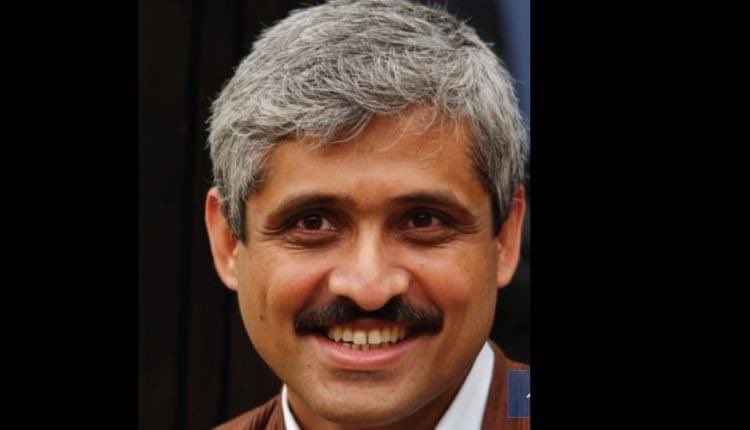Cancer is the emperor of all maladies. The only thing worse than fighting this formidable foe, is fighting it alone and poor. Imagine you have a stable career as a Professor of Surgical Oncology in one of Asia’s most renowned hospitals in Chennai. Your wife works for the US consulate and you have a daughter studying class 5. Will you risk your idyllic life to give poor cancer patients in a remote part of India, a shot at least, at dignified death?
That’s exactly what Dr Ravi Kannan did. One fateful day in 2006, Dr Kannan, then a surgical oncologist in Adyar cancer institute, got a call. Dr Chinmoy Choudhury, from Cachar cancer center in Silchar, Assam had called to discuss about a case – but he also asked whether Dr Kannan would like to work in Barak Valley, Silchar. Dr Kannan wasn’t sure – he however agreed to visit the hospital once.
What he saw there, made him realise the dire situation – to reach the nearest cancer center people had to travel nearly 15 hours through serpentine roads. Cancer treatment required multiple visits to the hospital. It was expensive. The outcomes weren’t always great. People had imbibed the fatalistic idea that there is little one can do about cancer – it is too powerful. So when a family member got the dreaded disease, the family had to choose between which life to save – the patient’s or their own.
Initially, Dr Kannan tried the usual silver bullet – free treatment to poor patients. He asked his IT friend to help him track patients – to his shock, he found that more than 50 % of patients never came back for the second visit. Unlike Chennai, these people hadn’t gone doctor shopping – for there were no doctors to shop! It turned out that even to access free health care, the patient and the attender had to lose out on daily wages. If the family had only one earning member this meant trouble.
They came up with an innovative idea – ad hoc jobs for the attenders in the hospital itself ! Not only that, but the attenders who were employed in cleaning, cooking etc – got free accommodation and nutritious meals. No one had to go hungry, just to get treatment. Having solved the first problem, Dr Kannan set out to solve the cost of treatment.
Some suggested making the rich pay more to subsidise treatment for the poor. Dr Kannan refused – fearing that the paying “customers” will eventually elbow out the “free” ones. He instead devised a flat lifetime fee of Rs 500 – which included unlimited visits to hospital, dental care and treatment ! Even with a flat fee, free food and stay, some people were still falling through the cracks. He then realised that treatment for the poor had to be faster – because there was no one to take care of elders or kids at school. To reduce time to diagnosis and treatment, Dr Kannan replaced the time consuming standard biopsy with frozen sections.
Patients started coming in large numbers. This made Dr Kannan wonder – why do these people get cancer in the first place and what can we do about it? Lifestyle is a major contributor, but hard to change. So he settled for the next best thing – to pick up cancer early, by screening people in their homes itself. Since there weren’t enough doctors, he trained volunteers to do the job – fighting a lot of skepticism. The idea paid off – examining patients in their own homes meant everyone could be screened for cancer.
One day a trainee doctor told Dr Kannan, “Sir, many patients are actually well off. They don’t want to pay. They are gaming the system”. He was quiet for a couple of seconds, then went with the trainee doctor to homes of random patients. The abject poverty of their homes hit the trainee doctor like a ton of bricks – perhaps there were people who gamed the system, but the vast majority did not.
The effort bore fruit and Silchar mounted a counter attack against cancer. Indian govt gave him Padmashri.
Dr Ravi Kannan’s life shows what one man can do, if he cares enough.
(Dr. B. Karthik is an Endocrinologist at SRMC, Chennai. He has written this on twitter in the timeline of his twitter handle @karthik2k2)



